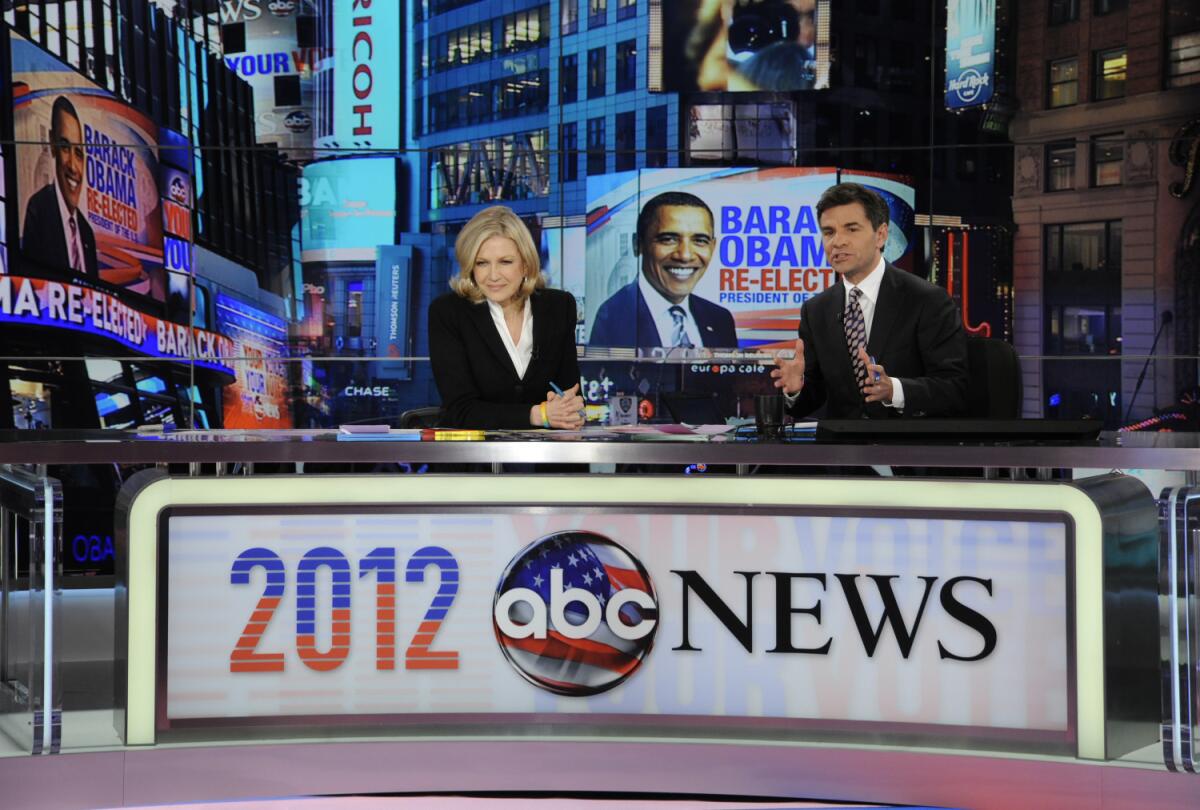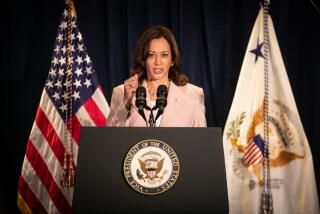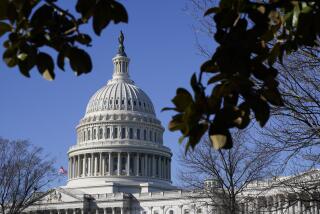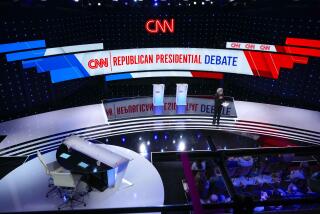Political ad spending estimated at $6 billion in 2016

ABCās Diane Sawyer, left, and George Stephanopoulos participate in election night coverage in November 2012. Media companies are expecting to benefit from increased political spending in 2016.
Next year is expected to set new records in political advertising spending -- with an estimated $6 billion up for grabs.
Wells Fargo Securities this week released its preliminary estimates for just how massive 2016 might be in terms of political spending.
The projected $6 billion represents a 16% increase compared with the last presidential campaign season in 2012, when President Obama was running for a second term and Mitt Romney was the Republican nominee.
Wells Fargo approached its calculation by assuming $7.5 billion in campaign contributions would be raised during the current political season. Of that, about 80% of the dollars are expected to be steered into advertising.
Campaigns also use political donations to hire staff and consultants.
The 2016 elections will decide the White House, 34 U.S. Senate seats and 12 governorships. Ballots will include all 435 U.S. House seats. California is likely to have several ballot measures -- more magnets for campaign spending.
In 2012, fundraising for various campaigns reached $6.5 billion. Of that, an estimated $5.2 billion was spent on advertising.
Political observers have been predicting dramatic increases in ad spending during this election cycle. The nominating process has taken on a higher profile with a more crowded and contentious field of presidential candidates and no White House incumbent running for reelection. Televised debates have drawn higher TV ratings.
But the primary reason for the increase, observers say, is that campaigns and political fundraisers have figured out how to more fully exploit super PACs to raise huge sums of money to help their favorite candidates.
The U.S. Supreme Court decision on Citizens United in 2010 effectively removed limits on corporate and union spending, and that uncorked a gusher of money.
āIn the last several elections, weāve seen fundraising range between $5.3 billion to $6.5 billion,ā Wells Fargo Securities media analyst Marci Ryvicker and her team wrote in a Tuesday report.
āOur gut tells us that the current election will surpass these figures (mostly due to the rising significance of PACs, or Political Action Committees),ā Ryvicker said.
Ryvicker discounted some of the higher estimates out there. For example, one prediction suggested $10 billion in political fundraising.
In years past, TV stations have been the primary beneficiaries of campaign spending. Wells Fargo estimates that television still will capture the biggest share of ad dollars, an estimated 66% of the total, or just under $4 billion.
Digital outlets are expected to attract at least $650 million, making up 11% of the total political ad spend.
Radio and print publications are expected to share in the spoils.
Wells Fargo said that Ohio-based E.W. Scripps Co., which owns TV stations and newspapers, Atlanta-based Gray Television Inc., another station owner, and Virginia-based Media General Inc. were best positioned to rake in the dollars. Those firms have stations in states that are likely to be political battlegrounds.
Of the huge media conglomerates, Wells Fargo said Comcast Corp., which owns NBCUniversal, Walt Disney Co., which owns ABC, and CBS Corp. should be big winners in 2016.
MORE ENTERTAINMENT STORIES
A year after devastating cyberattack, Sony Pictures is returning to normal
Charlie Sheen gives the public an HIV drama, but we may be too numb to his troubles
Too many December movies: AFI delays awards announcement
More to Read
From the Oscars to the Emmys.
Get the Envelope newsletter for exclusive awards season coverage, behind-the-scenes stories from the Envelope podcast and columnist Glenn Whippās must-read analysis.
You may occasionally receive promotional content from the Los Angeles Times.











